An extraordinary new trans-global exploration vehicle called the Fering Pioneer, a “green” 4x4 built for expeditions as extreme and diverse as crossing the Antarctic or penetrating uncharted Amazon rainforests, is under development at a secret Surrey HQ.
Designed to penetrate pristine environments without leaving a heavy footprint, the Pioneer, developed under the codename FP1, is being built by a crack team of British engineers originally formed to build some of the world’s greatest hypercars, but who believe they now have a better mission to “create something really useful”.
The new company bears the unusual name of Fering — believed to be an old English word for “companion” — and currently comprises around 20 people — entrepreneurs, engineers, designers and even an expedition logistics expert. The Pioneer has been in development for about 18 months, with design sketching beginning in earnest about a year ago.
The first prototype, photographed here, was built during lockdown. Early testing has started, but while the partners agree its mechanical layout is largely fixed, its shape and body layout are likely to change, not least because customers’ requirements will vary widely. Eventual demand is estimated at 150 to 200 vehicles a year, from adventurers, explorers and emergency services willing to pay £150,000-plus for a standard vehicle, or considerably more for a specially equipped or adapted model.

The project’s leader is Ben Scott-Geddes (left, above), a well-known car engineer who cut his teeth working with Gordon Murray on the McLaren F1, then built and developed the radical Caparo T1 hypercar. Until 2018 he was the leading structures expert on the headline-grabbing Ferrari SF90 hybrid supercar.

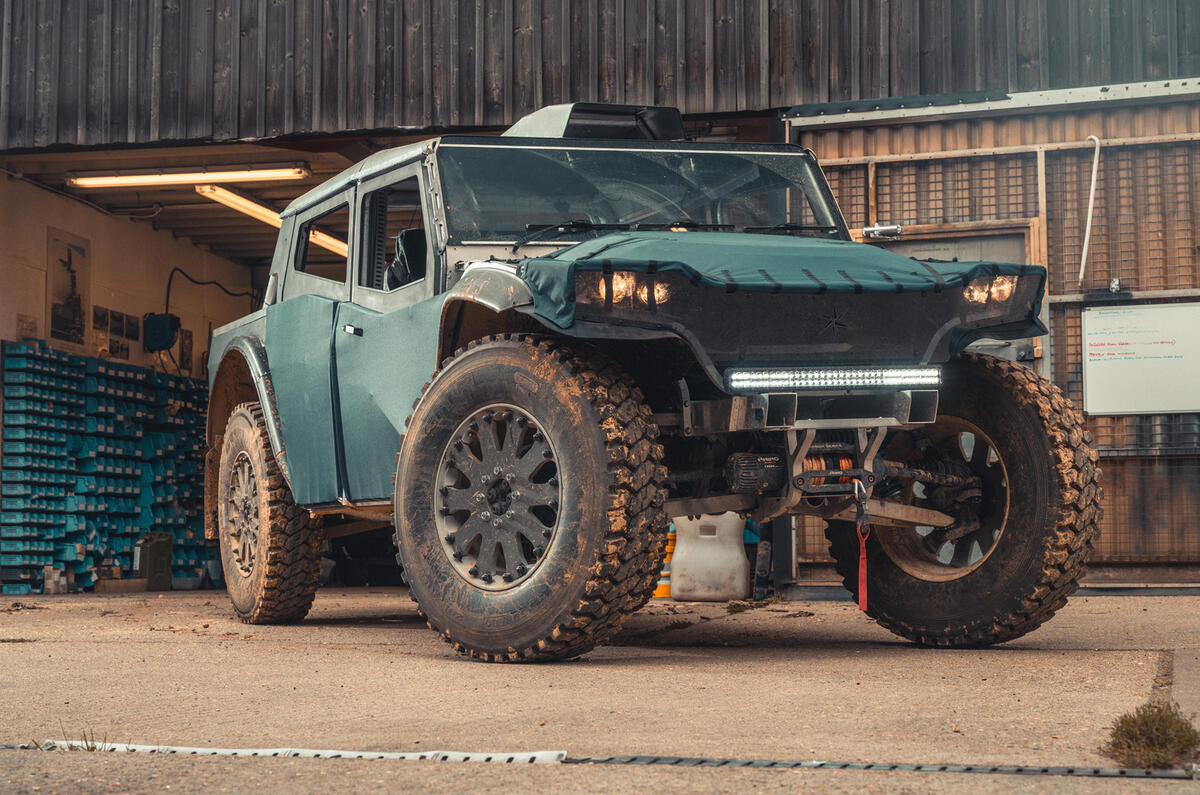
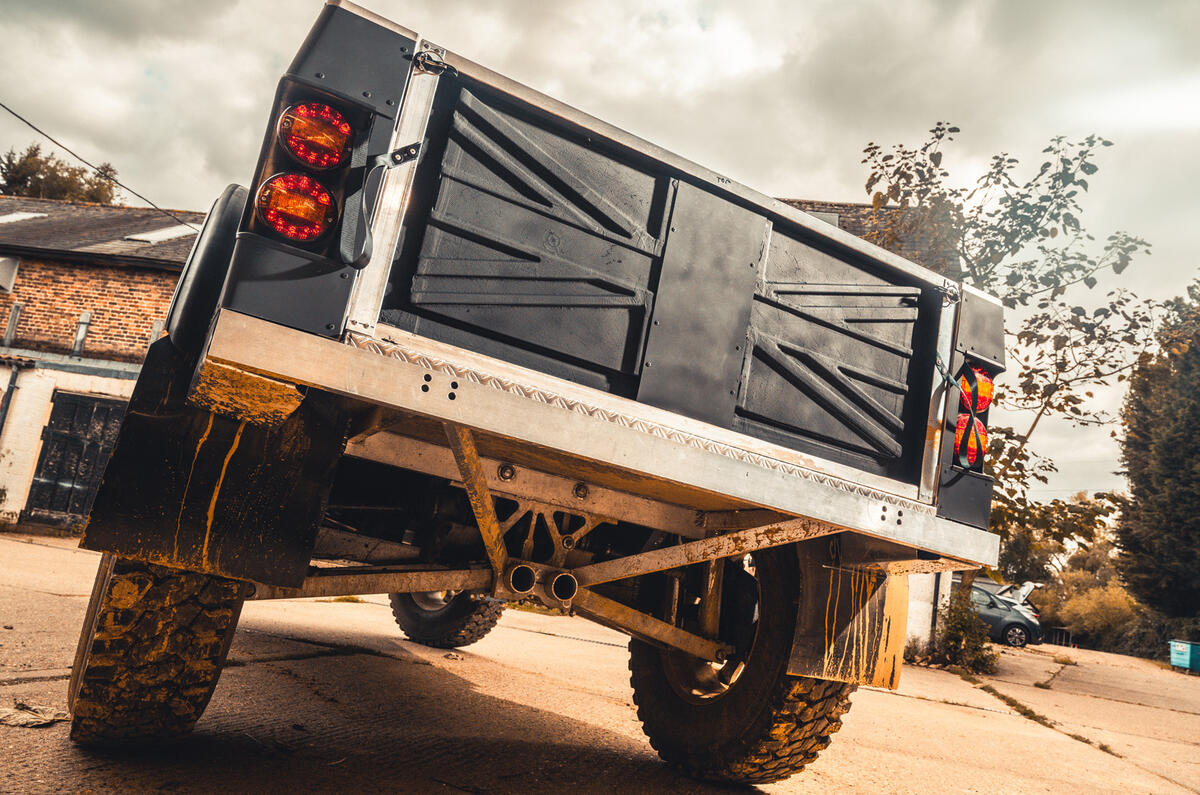
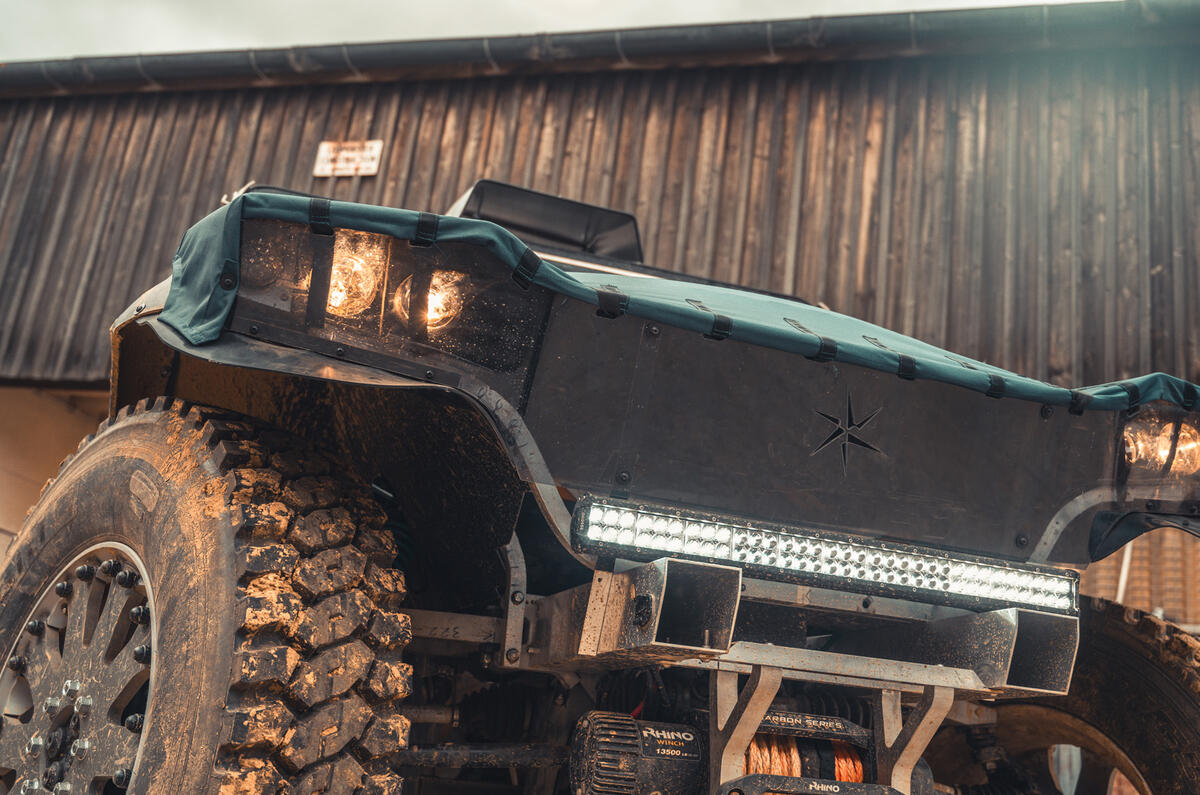
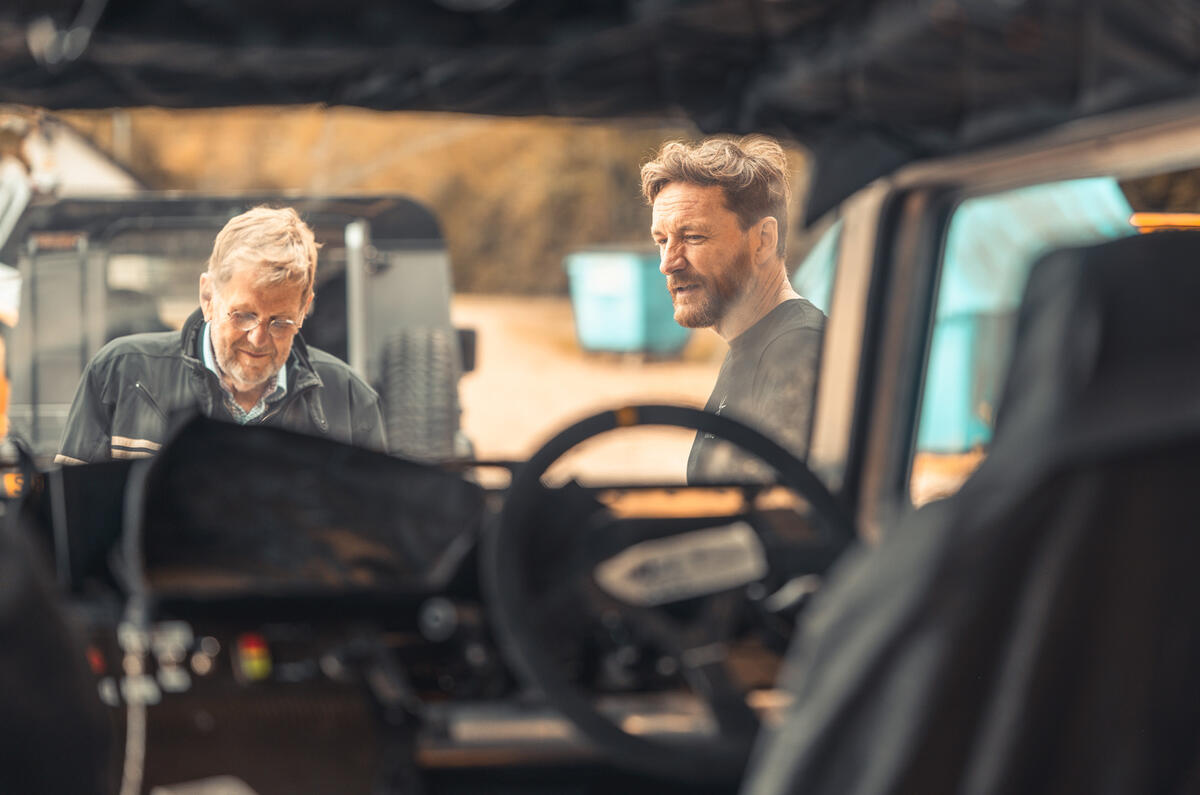
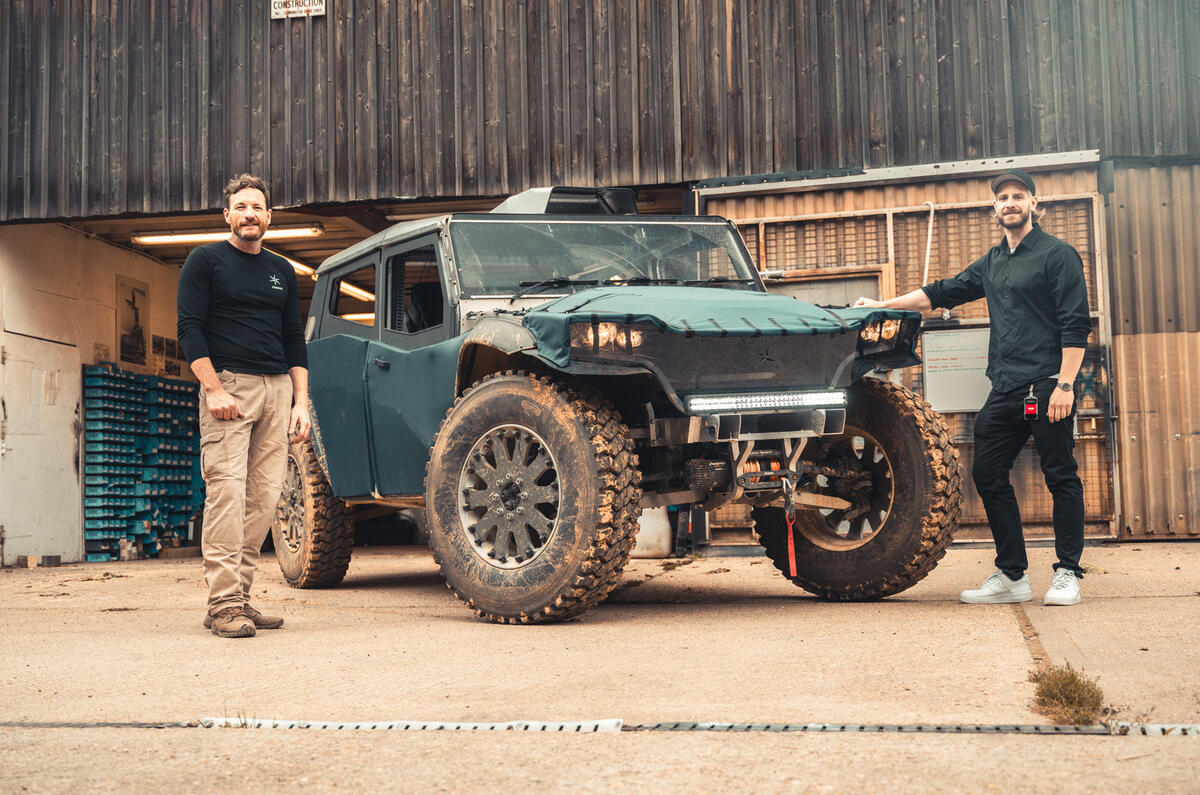
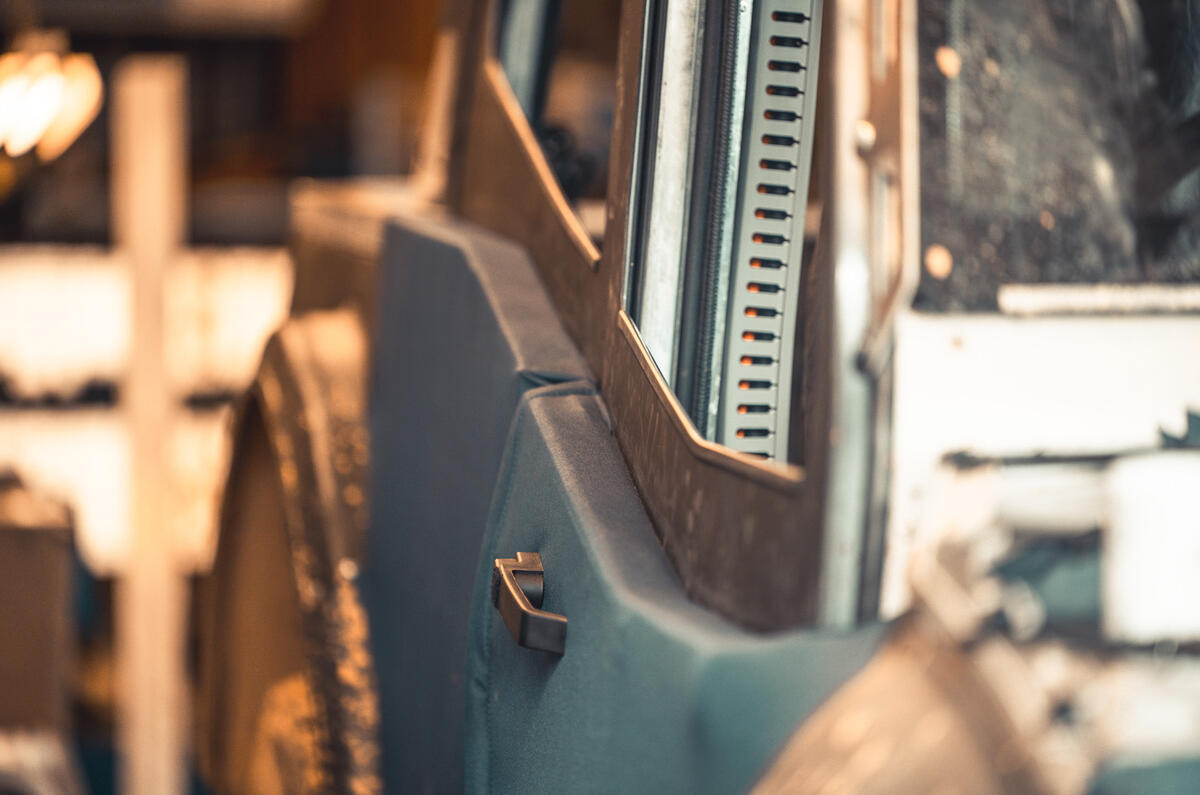
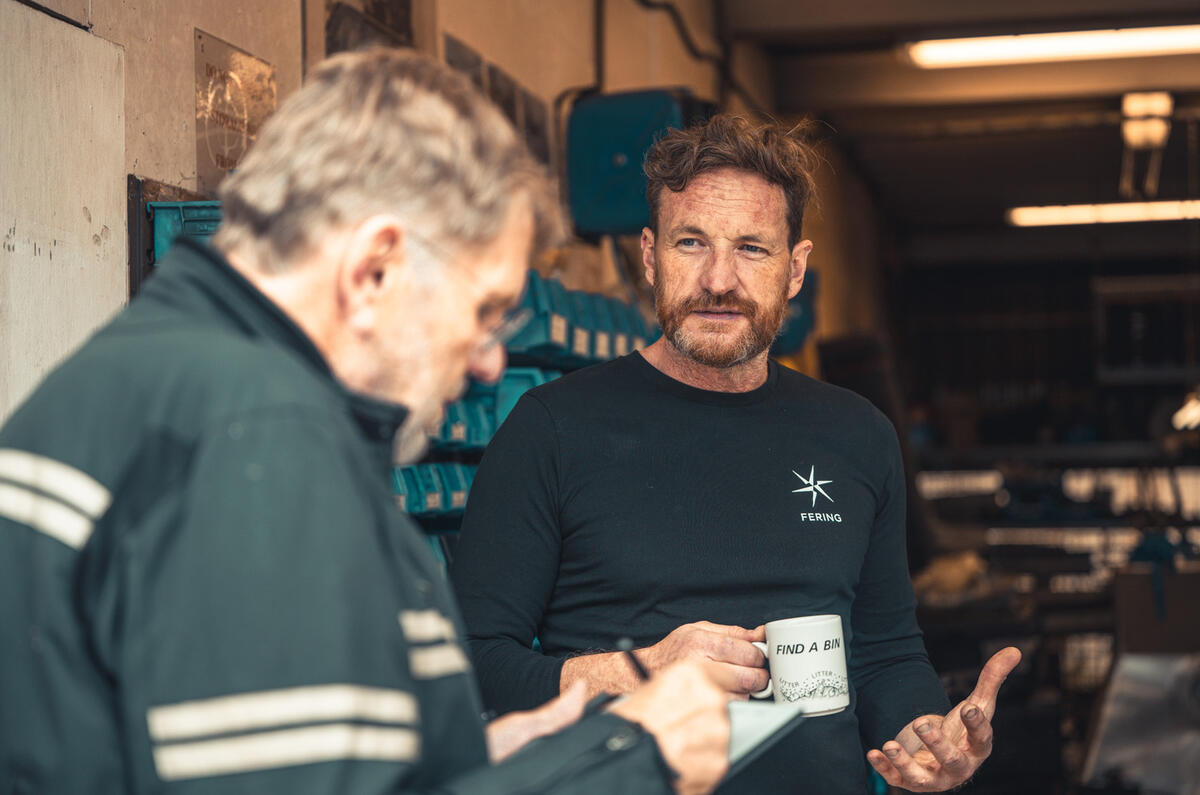
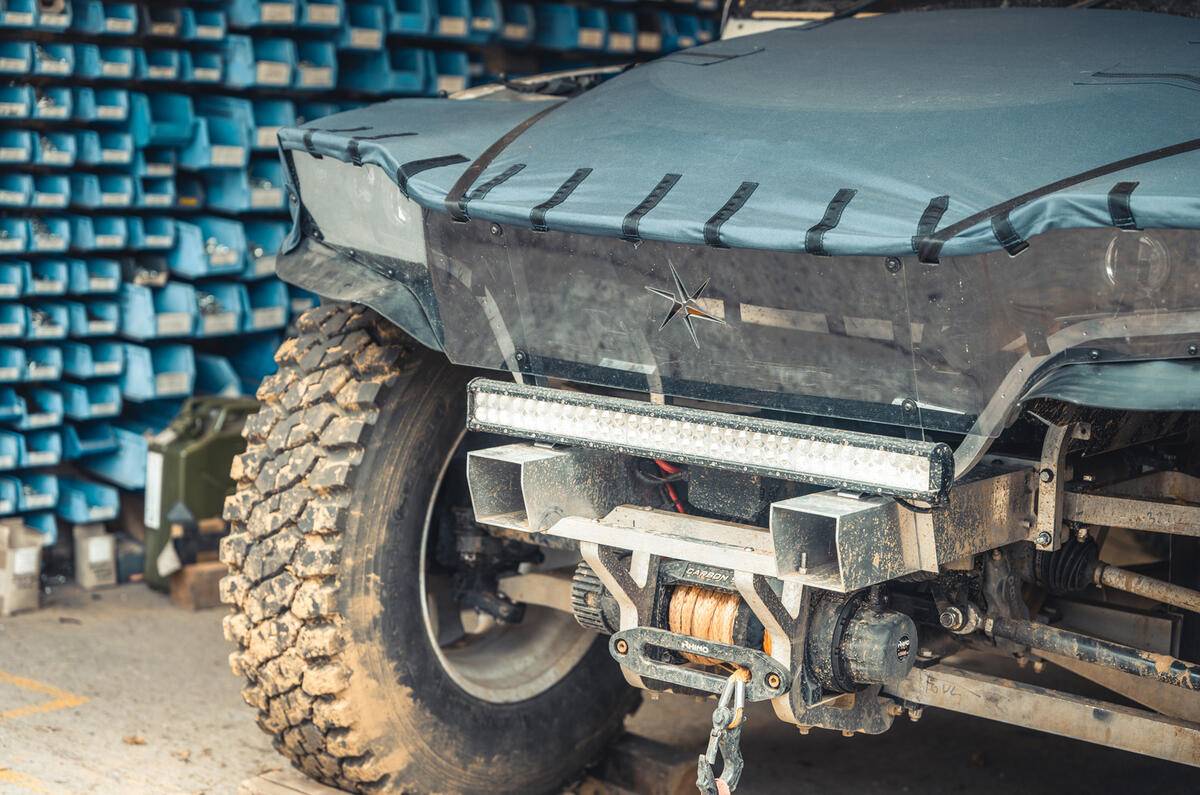
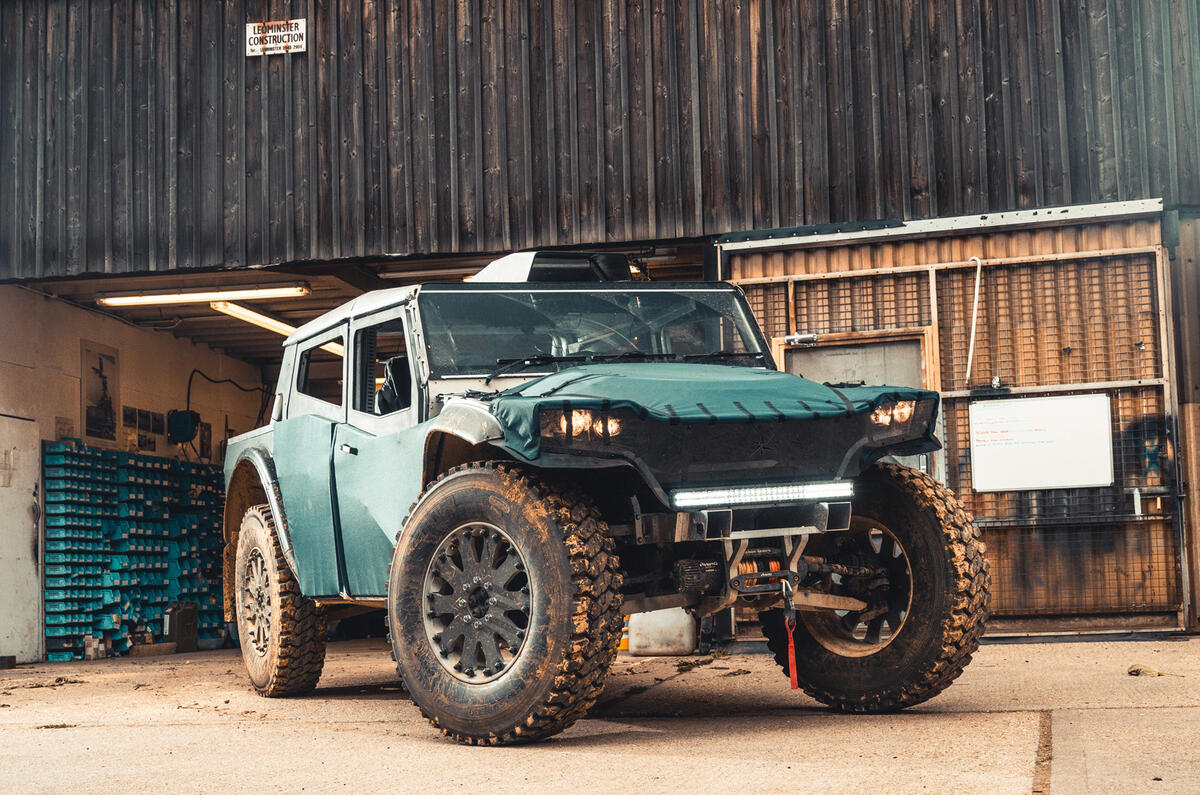
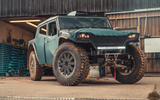

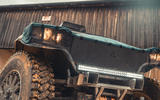

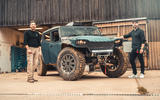


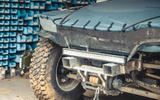
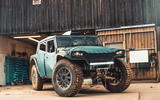








Add your comment